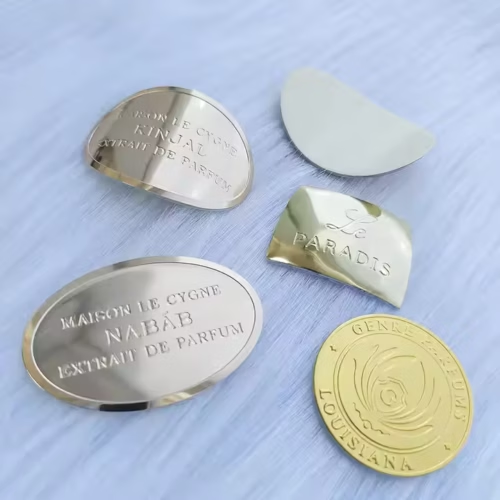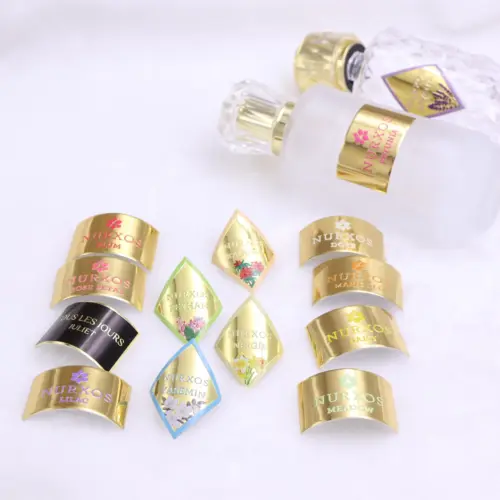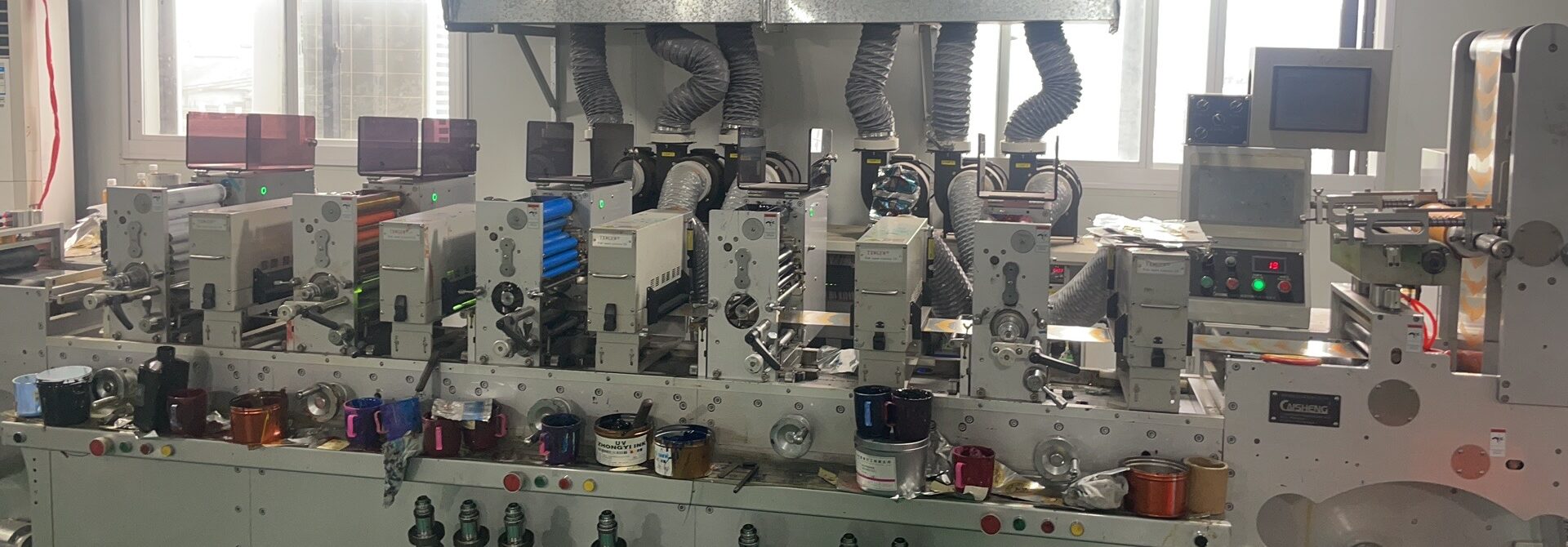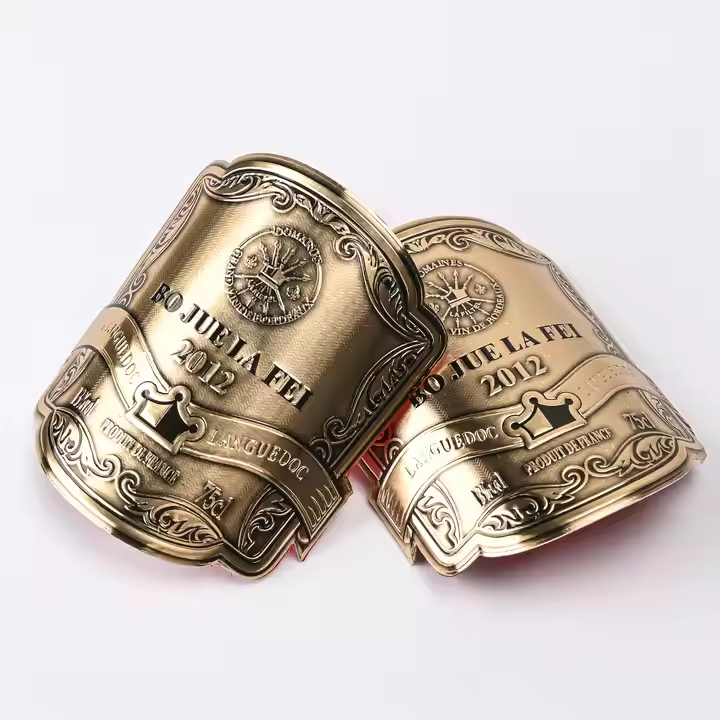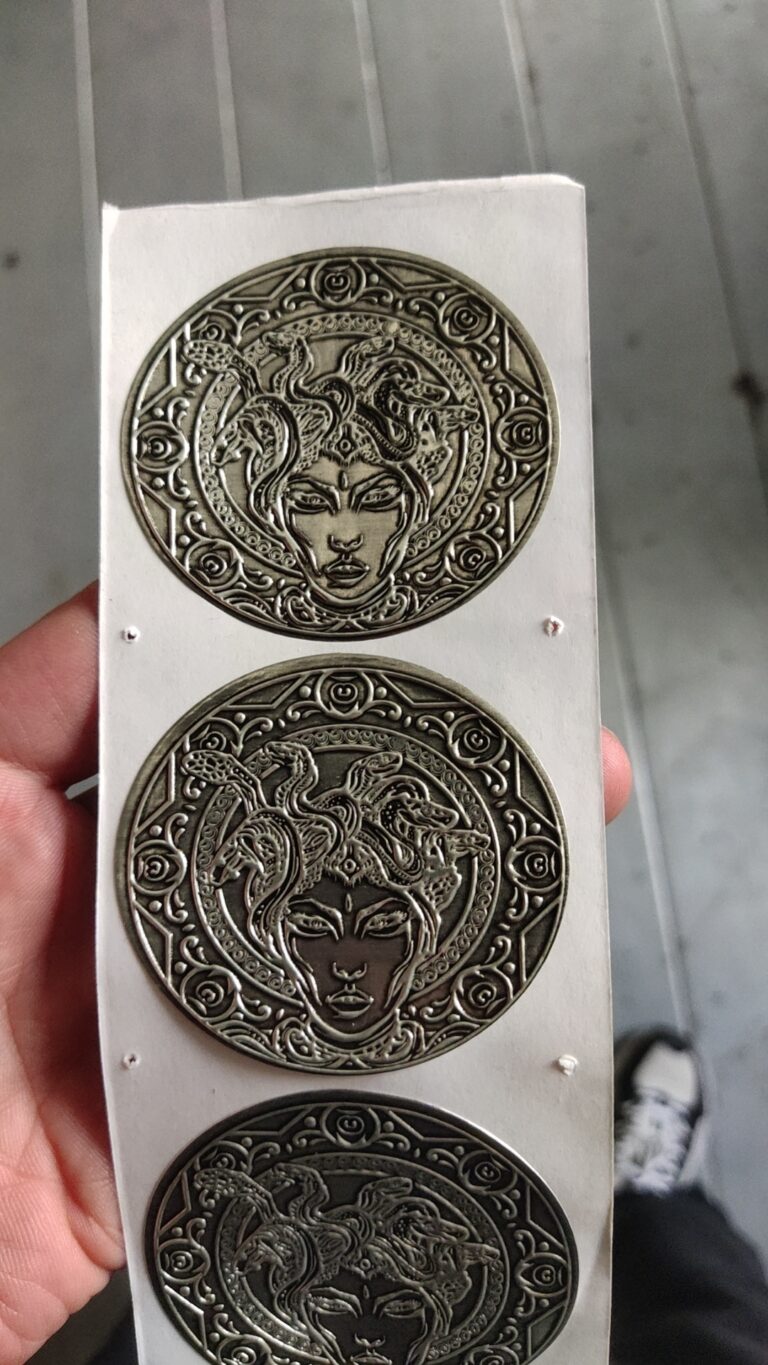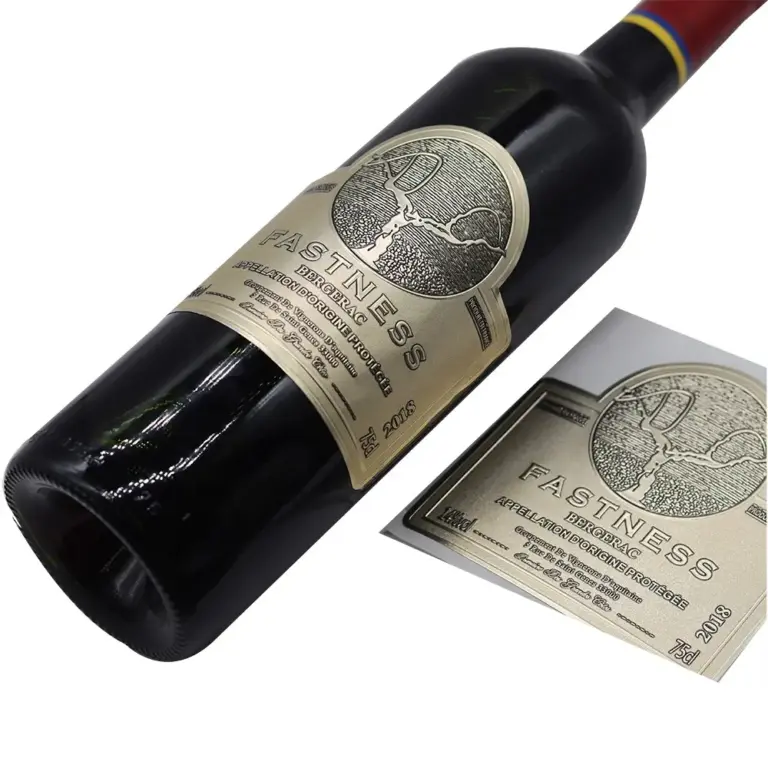Get A Quote Now!
Choosing the right metal material for your custom wine labels is crucial — it impacts aesthetics, durability, brand perception, and budget. Two of the most popular metals for wine labels are aluminum and zinc alloy. But which one is right for your winery?
Let’s break down their differences, advantages, and ideal applications.
Appearance & Feel
-
Aluminum:
Lightweight with a smooth, modern finish. It can be anodized or brushed to achieve various textures and colors. Aluminum has a clean, contemporary look that suits minimalist or sleek brand styles.
Visual impression: Light, bright, and versatile. -
Zinc Alloy:
Heavier and denser, zinc alloy provides a solid, substantial feel. It has a natural metallic luster that feels luxurious and premium. Zinc is excellent for detailed 3D embossing and intricate shapes, offering a bold and elegant aesthetic.
Visual impression: Rich, substantial, upscale.
Durability
-
Aluminum:
Naturally corrosion-resistant and ideal for long shelf life. However, aluminum is softer and can scratch more easily than zinc alloy if not coated. It’s perfect for wines stored indoors and handled carefully. -
Zinc Alloy:
Zinc alloy is more robust and durable, with excellent resistance to wear and deformation. Properly coated zinc labels resist tarnishing and maintain their finish longer, even under harsher conditions.
Customization & Production
-
Aluminum:
Works well with anodizing, screen printing, and laser etching. Its lightweight nature makes it suitable for high-volume orders and larger label sizes without adding weight.
Production tends to be faster and more cost-efficient. -
Zinc Alloy:
Ideal for die casting and deep embossing, zinc allows for three-dimensional designs that stand out visually and tactilely. It’s often chosen for limited-edition or premium lines where label texture adds perceived value.
Production is more complex and can have longer lead times.
Cost Considerations
-
Aluminum:
More cost-effective for bulk orders due to material cost and simpler manufacturing. Great choice for wineries with large production runs aiming to balance quality and budget. -
Zinc Alloy:
Higher upfront cost driven by material price and casting/embossing process. Zinc labels often justify the investment through premium positioning and stronger shelf impact.
Brand Positioning: Which Metal Matches Your Market?
-
If your brand targets modern, minimalist, or entry-to-mid-tier wines, aluminum offers great value and flexibility.
-
For luxury, limited edition, or heritage collections, zinc alloy labels can elevate the perceived quality and exclusivity.
Summary Table
| Feature | Aluminum | Zinc Alloy |
|---|---|---|
| Weight | Light | Heavy |
| Appearance | Smooth, modern | Textured, premium |
| Durability | Corrosion-resistant | Strong, wear-resistant |
| Customization | Anodizing, printing, etching | Die-casting, embossing |
| Cost | Lower | Higher |
| Best For | Large runs, modern brands | Premium, limited editions |
Ready to Choose?
Not sure which metal suits your wine label best? Our experts at MetalWineLabels.com are here to help. We offer free consultations and sample kits so you can see and feel the difference before committing.
📩 Contact us today for personalized advice
📦 Request your free metal label sample kit
Elevate your brand with the perfect metal label — the right choice makes all the difference.
